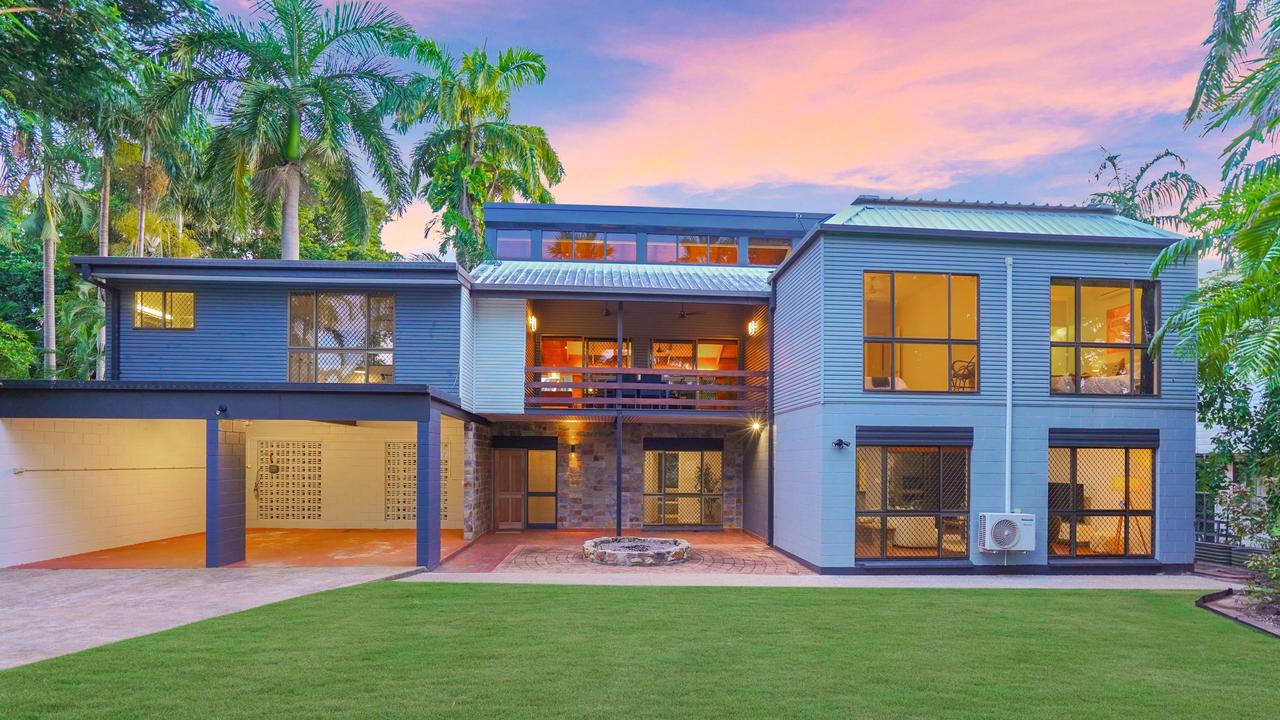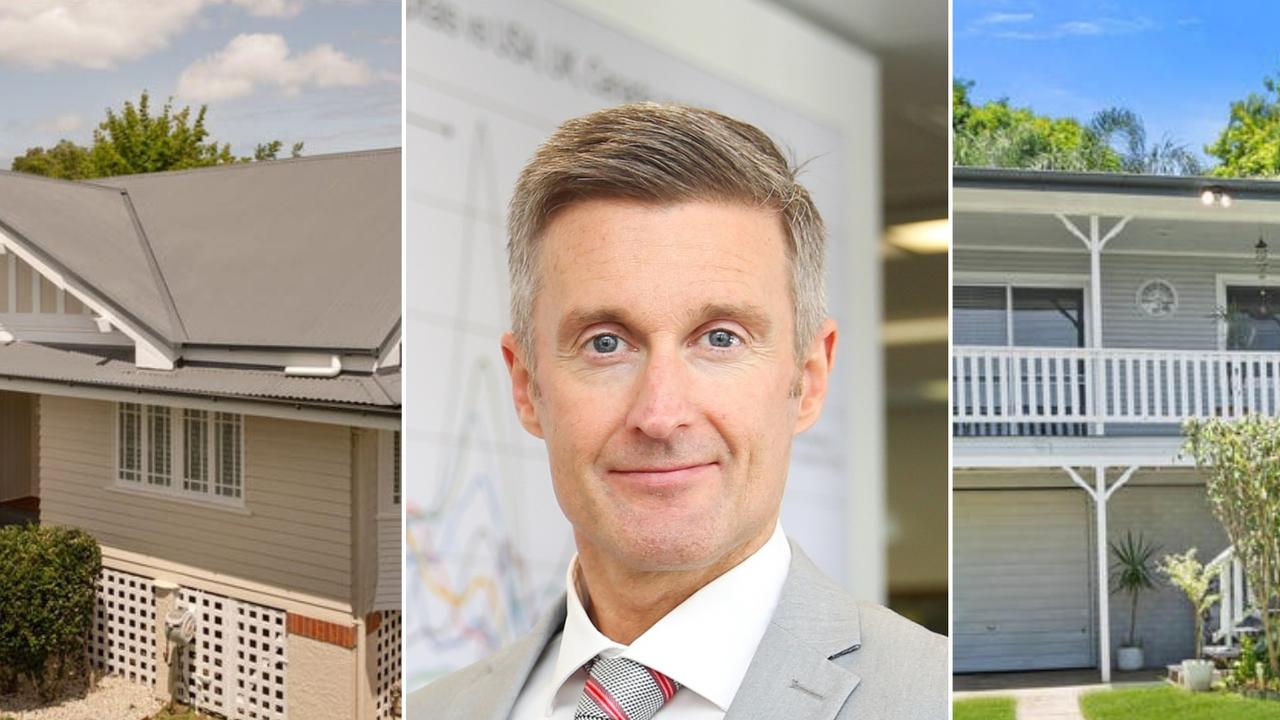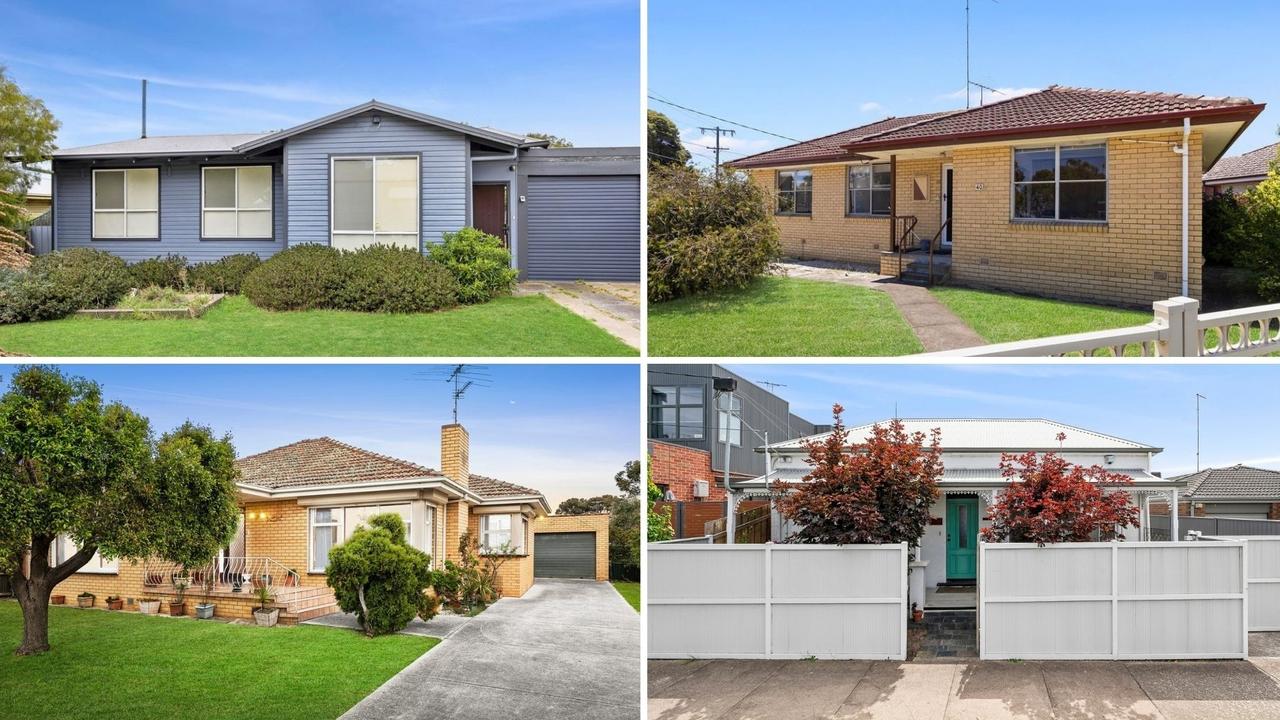Get in now: The ‘second wind’ markets where property is set to boom
Forget Perth, here are the ‘second wind’ markets where you should invest in property now before prices boom.
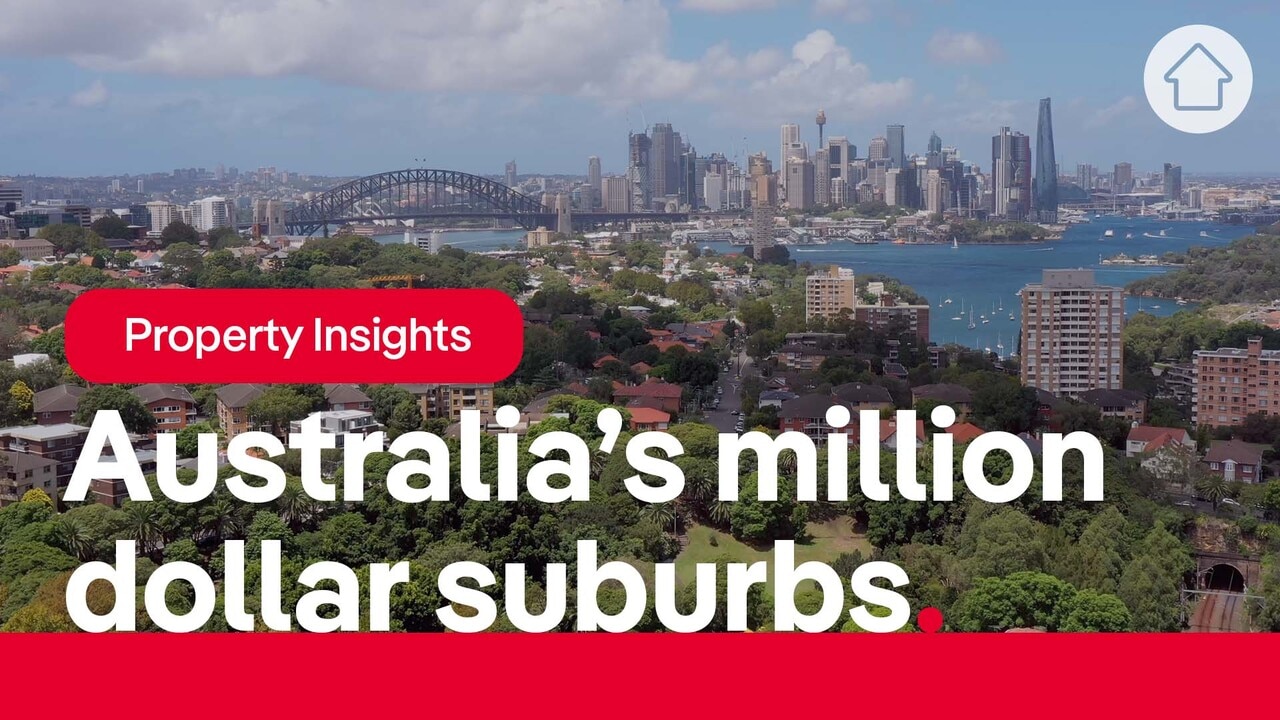
It’s a tale of two markets across the country right now, with some winning and others lagging behind in the property race, but smart investors are pouncing on those with a ‘second wind’.
Instead of piling into booming markets like Perth, leading property analyst Terry Ryder of Hotspotting says savvy investors should buy in areas that are “early in the growth cycle”.
“Many real estate consumers are herd animals and pile into property markets when
the media tells them a boom is happening, which is what happened in Perth this year
when it was actually at, or near, the peak of the current cycle,” Mr Ryder said.
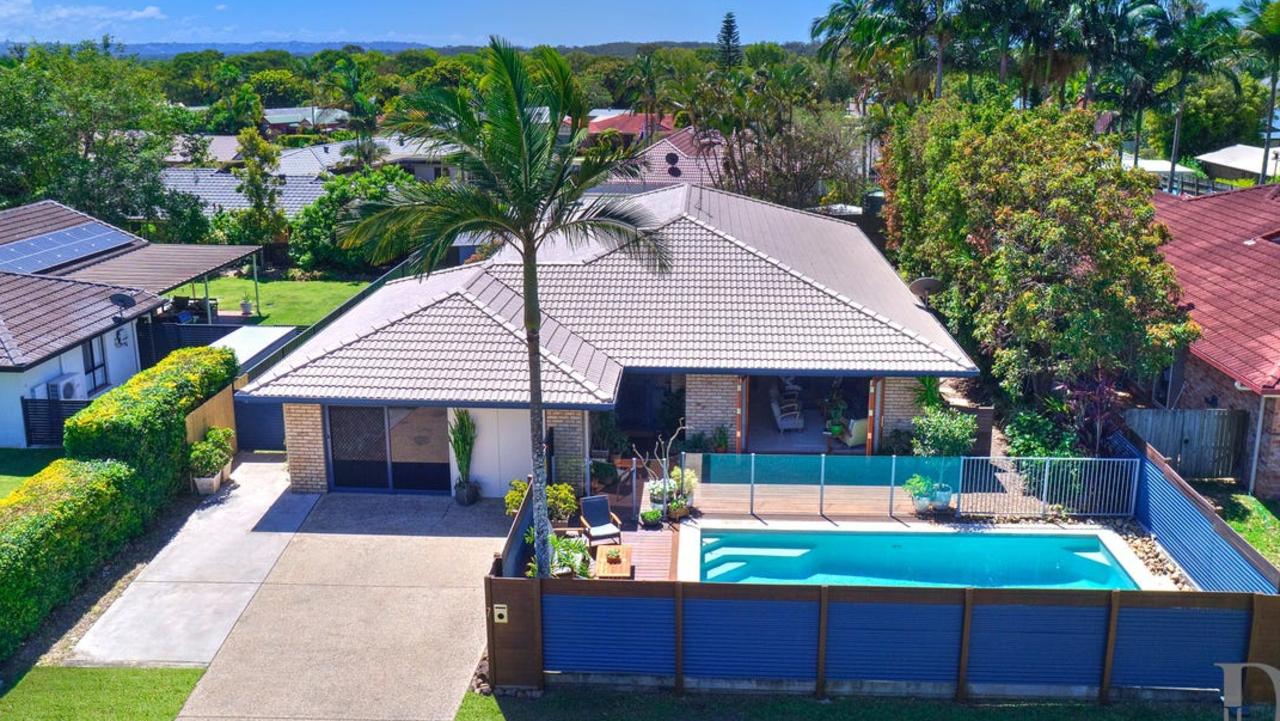
“Second wind markets” to watch include Launceston and Burnie in Tasmania, Dubbo and Orange in New South Wales, Ballarat and Bendigo in Victoria, and the Sunshine Coast in Queensland because these regional centres offer low property prices and high yields.
Propertyology’s Simon Pressley is also a big fan of investing in regional markets.
Over the past five years, Mr Pressley said Launceston, Bendigo, and Dubbo, had all recorded capital growth of between 55 and 65 per cent.
Hotspotting has also identified the winners and losers in the current market landscape when it comes to price growth and sales volumes.
RELATED:
Why now is the time to invest in this unloved state
Brisbane, regional Queensland, Adelaide, regional South Australia, and Perth, are winning based on affordability and strong fundamentals, such as solid population growth, robust local economies, and diversity of housing stock.
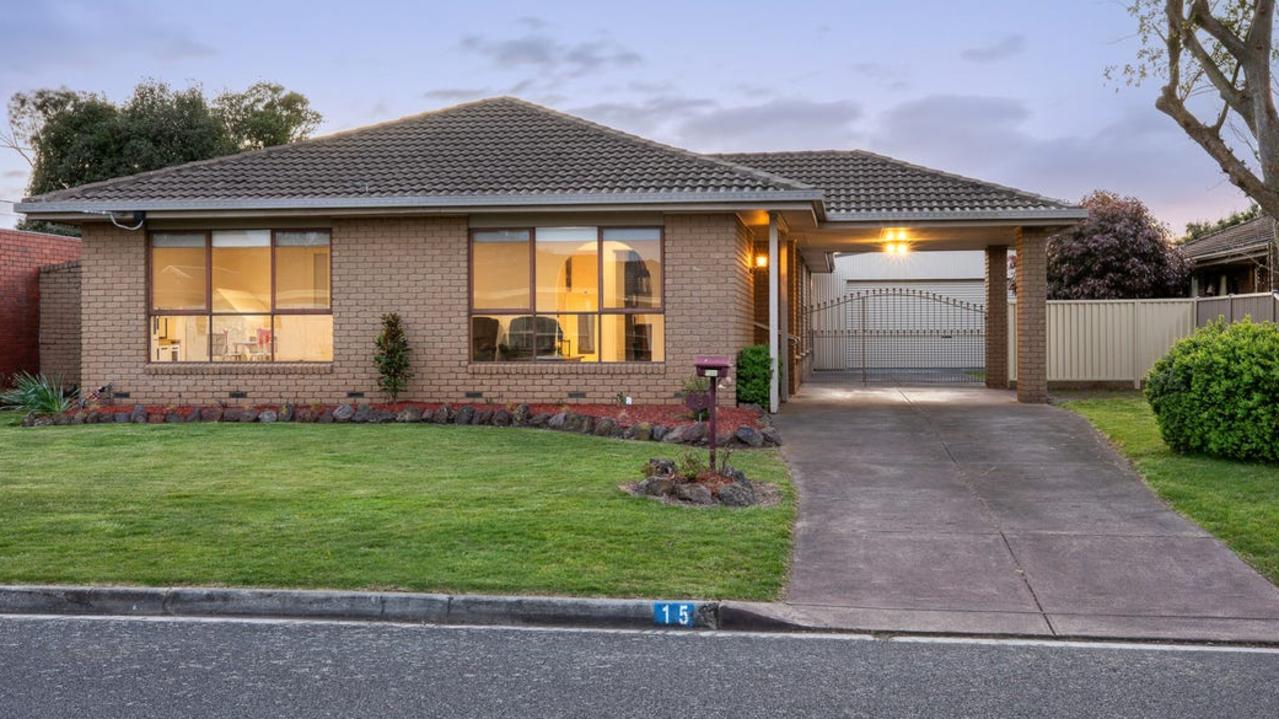
“Brisbane, Adelaide and Perth have been the market leaders for dwelling price growth for the past year or two, and this state of play is set to continue, with increasing pivots to units, as well as minor moderations in property price rises,” Mr Ryder said.
He said listings had finally increased in Brisbane and there was a notable uplift in sales — particularly units, which were outperforming houses.
Apartments now accounted for more than half of all sales in the Brisbane City LGA, with 53 per cent of unit markets rising and only 44 per cent of house markets rising.
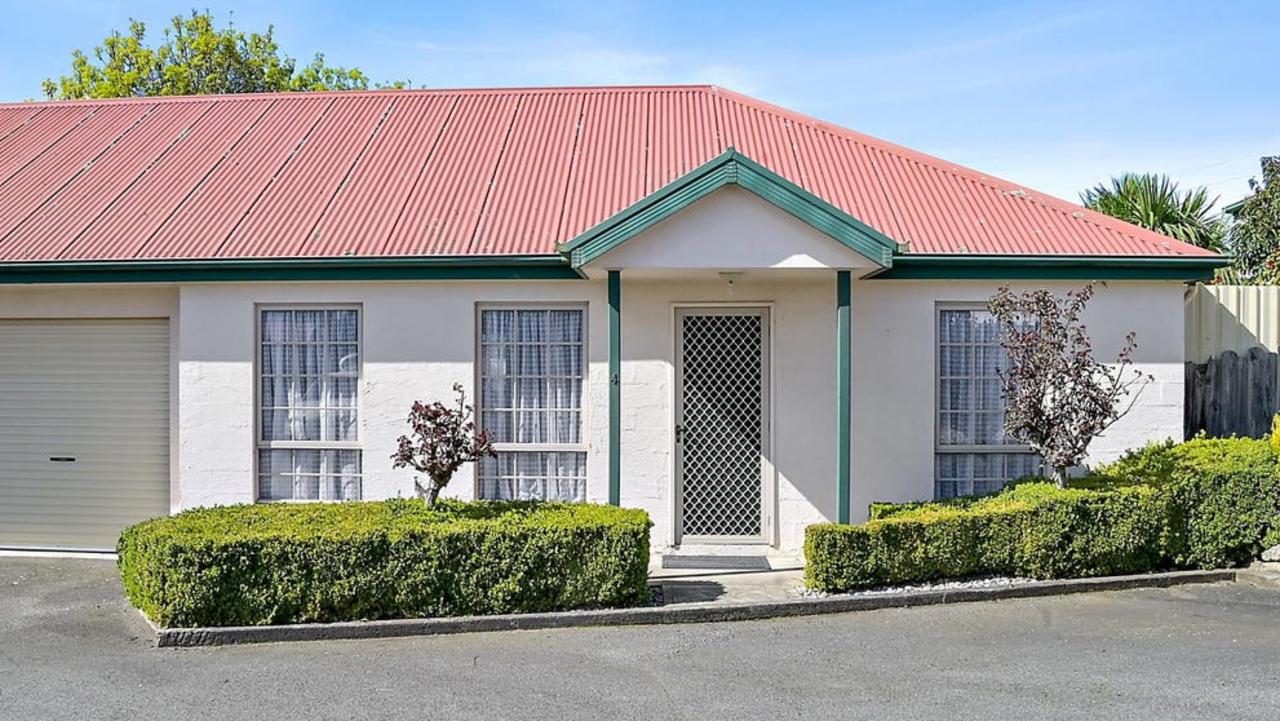
According to PropTrack, Brisbane’s median house price is up 13 per cent annually, but the median unit price has risen 17 per cent.
Regional Queensland is also attractive from an investment perspective.
Hotspotting analysis of sales activity for the Queensland markets outside Brisbane
shows 64 per cent have positive sales patterns.
One area to avoid as an investor may be Noosa, however, with proposed amendments to the Noosa Plan 2020 due in the coming weeks that could result in a major crackdown on short term holiday accommodation.
Kirstie Klein-Hunter of Klein Hunter Property Buyers said buyers looking to invest in the Noosa region should be aware of these proposed changes and the process to apply for a permit to rent their properties part of the year to holiday makers.
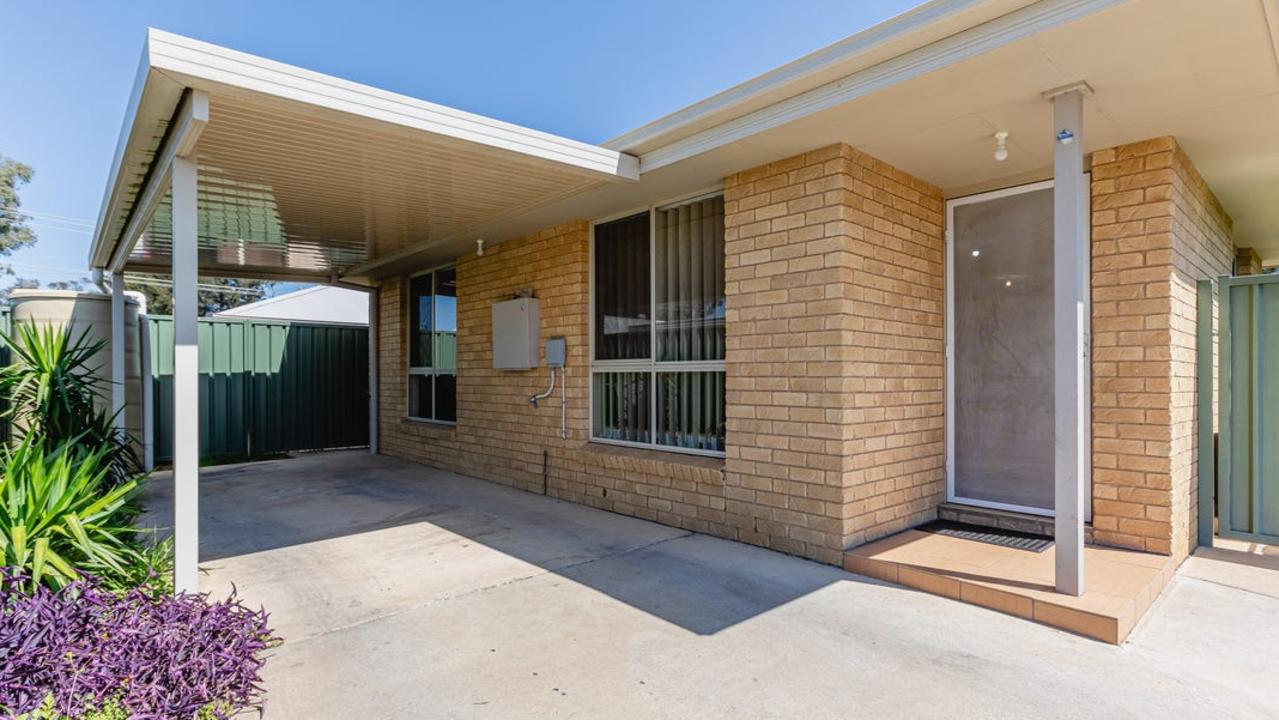
“Many of my buyers prefer to buy in areas where they can maximise their investment through holiday lettings,” Ms Klein-Hunter said.
“The Tourist Accommodation Zone is a relatively small area and if these changes are adopted, owners outside of the zone may not be able to holiday let their properties.”
Then there’s Adelaide, where sales in the June quarter were the highest for
the city since mid-2022 — despite listings of homes for sale being extremely low.
Standout suburbs include affordable municipalities like Playford and Salisbury, the middle market areas of Marion and West Torrens, and the upmarket Unley and Holdfast.
Mr Ryder said regional South Australia was an underrated outperformer.
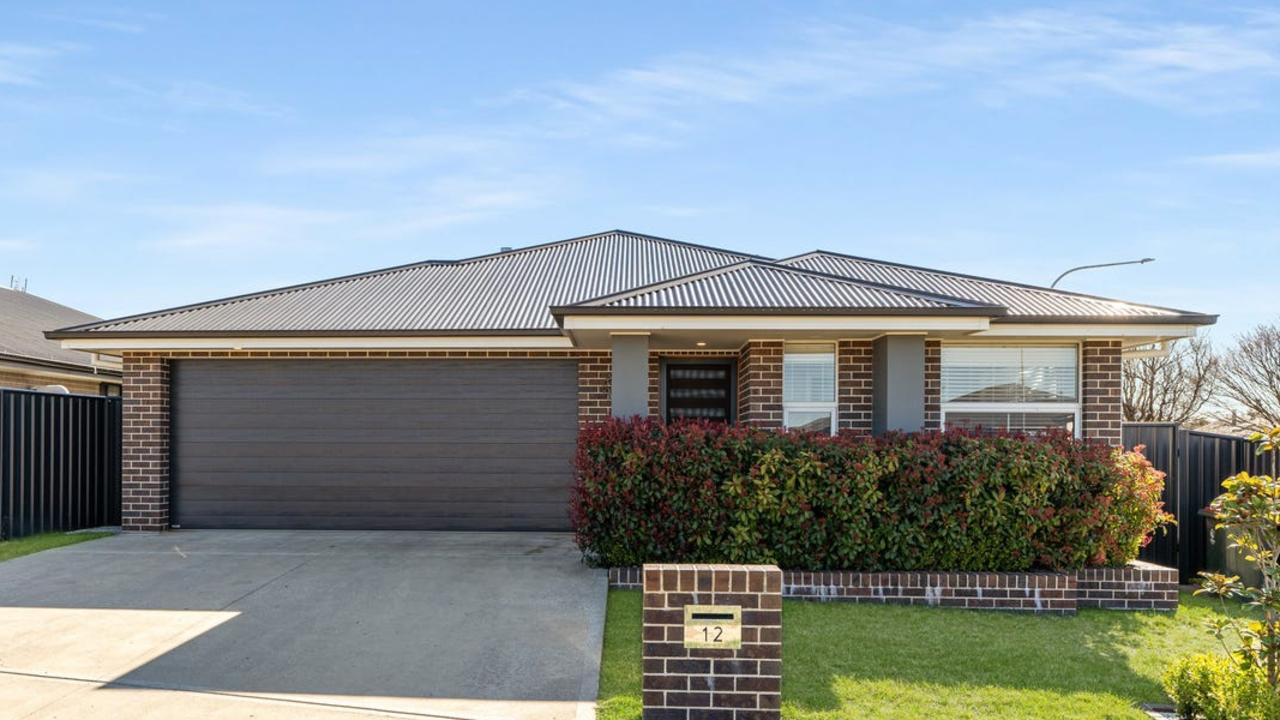
“Current sales levels in regional South Australia are the highest since the 2021 peak and most
of the key regional centres are ranked as rising or consistent,” he said.
And, the Perth property boom continues, despite fears the market is overheating.
“Nevertheless, sales volumes are still elevated, with the shortage of homes for sale
being relieved recently by an increase in listings,” he said.
“Many of the Perth LGAs have high sales volumes, notably inner-city markets where
affordable units dominate the real estate landscape.”
When it comes to market losers, Hobart, regional Tasmania, Melbourne, and Darwin are on Hotspotting’s list.
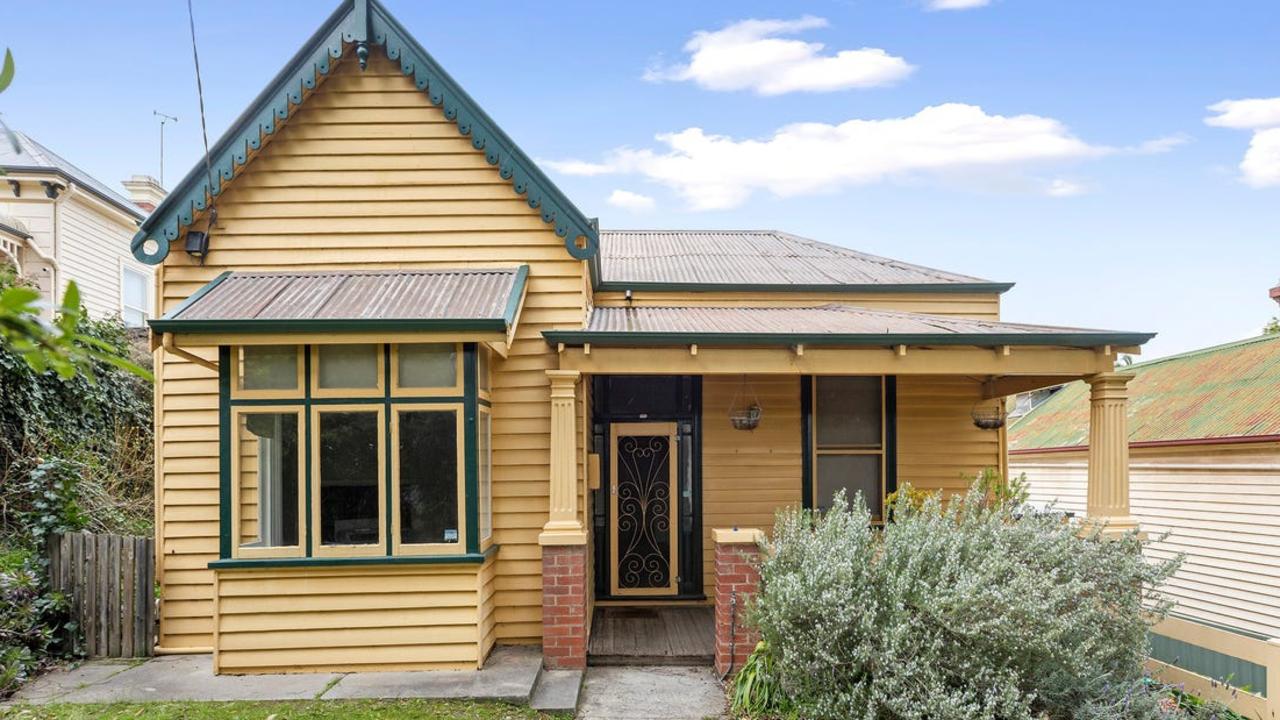
Mr Ryder said Hobart was the weakest performer for house price growth
among the state and territory capital cities, and it wasn’t much better in the regions.
“This is reflected in the price data, with the median house price for Regional Tasmania rising 2 per cent in the past 12 months and the median unit price moving just 1 per cent.”
Mr Ryder said Melbourne continued to stagnate while other markets delivered price growth.
“There remains a high level of uncertainty in Greater Melbourne markets, despite
improvement in sales volumes overall in the latest quarter,” he said.
“One third of locations have ‘no clear trend’ classifications, which means that the
sales activity data is not strong.
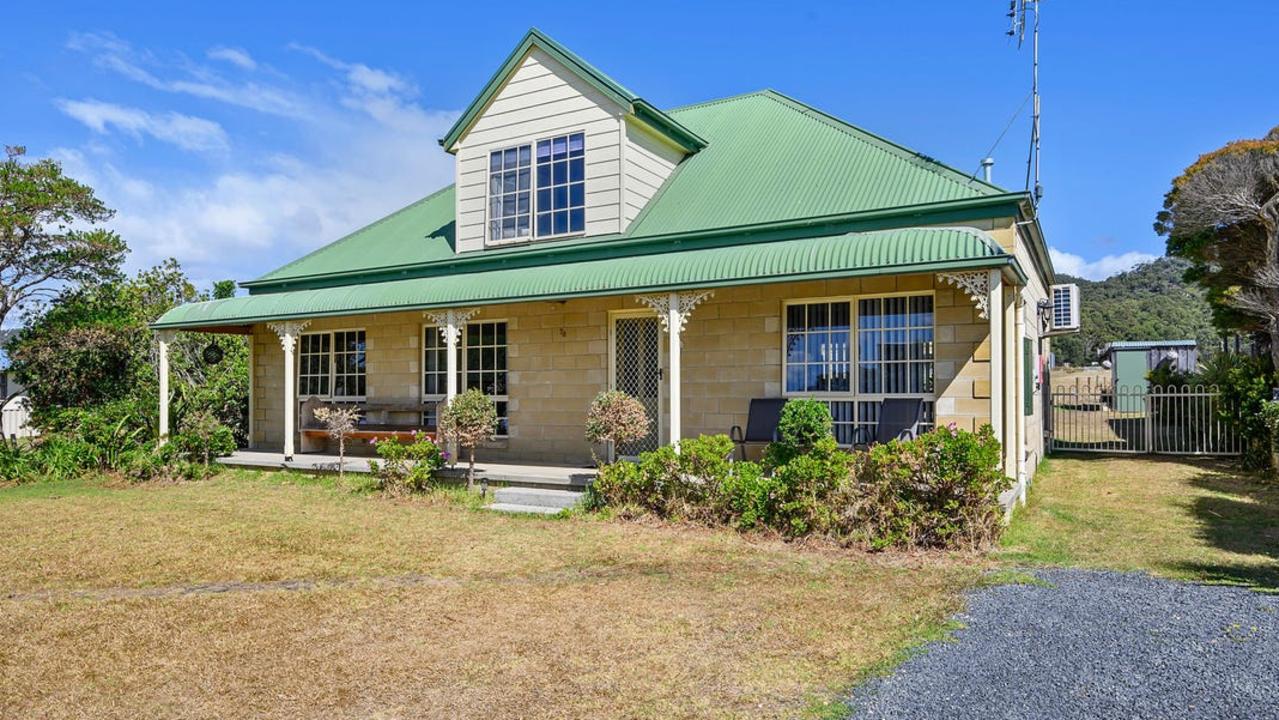
“There are some positive sectors, notably outer-ring houses and near-city units, but overall
Melbourne is an under-achiever, not helped by the Victorian state government’s
hostility towards investors.”
And, in Darwin, buyer demand still remains well below the last market peak in 2021-22 and price growth continues to be muted, with data showing an annual rise of about 3 per cent in the median house price and a decrease in the unit price.
Originally published as Get in now: The ‘second wind’ markets where property is set to boom


